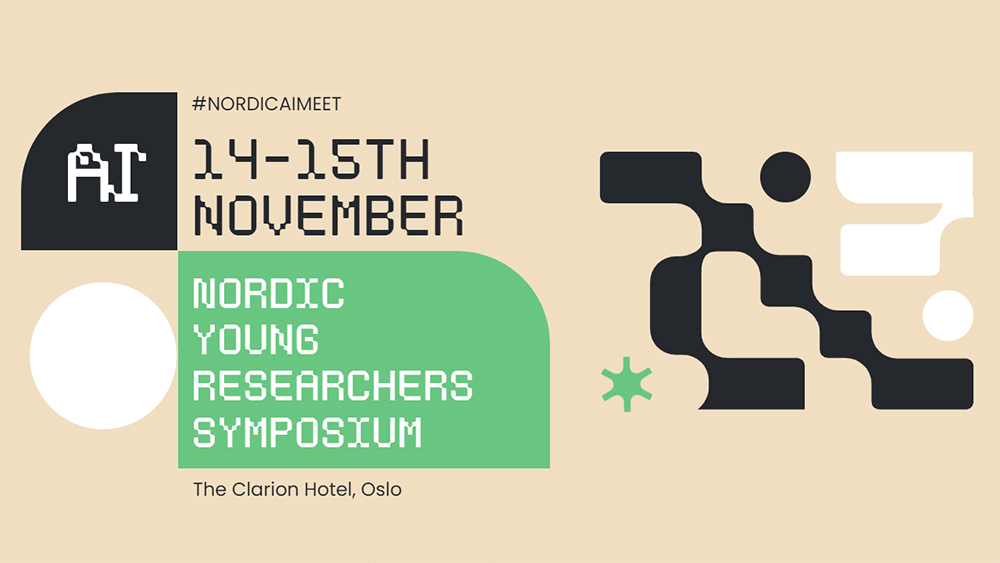Using reinforcement learning to improve drone-based inference of greenhouse gas fluxes
DOI:
https://doi.org/10.5617/nmi.9897Emneord (Nøkkelord):
reinforcement learning, data assimilation, drones, climate scienceSammendrag
Accurate mapping of greenhouse gas fluxes at the Earth’s surface is essential for the validation and calibration of climate models. In this study, we present a framework for surface flux estimation with drones. Our approach uses data assimilation (DA) to infer fluxes from drone-based observations, and reinforcement learning (RL) to optimize the drone’s sampling strategy. Herein, we demonstrate that an RL-trained drone can quantify a CO2 hotspot more accurately than a drone sampling along a predefined flight path that
traverses the emission plume. We find that information-based reward functions can match the performance of an error-based reward function that quantifies the difference between the estimated surface flux and the true value. Reward functions based on information gain and information entropy can motivate actions that increase the drone’s confidence in its updated belief, without requiring knowledge of the true surface flux. These findings provide valuable insights for further development of the framework for the mapping of more complex surface flux fields.
Nedlastinger
Publisert
Versjoner
- 2023-08-15 (2)
- 2023-08-13 (1)
Utgave
Seksjon
Lisens
Opphavsrett 2023 Nordic Machine Intelligence

Dette verket er lisensiert under Creative Commons Attribution 4.0 International License.






